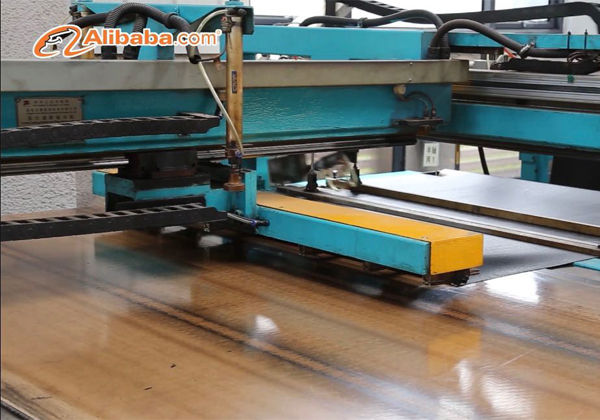- Arabic
- French
- Russian
- Spanish
- Portuguese
- Turkish
- Armenian
- English
- Albanian
- Amharic
- Azerbaijani
- Basque
- Belarusian
- Bengali
- Bosnian
- Bulgarian
- Catalan
- Cebuano
- Corsican
- Croatian
- Czech
- Danish
- Dutch
- Afrikaans
- Esperanto
- Estonian
- Finnish
- Frisian
- Galician
- Georgian
- German
- Greek
- Gujarati
- Haitian Creole
- hausa
- hawaiian
- Hebrew
- Hindi
- Miao
- Hungarian
- Icelandic
- igbo
- Indonesian
- irish
- Italian
- Japanese
- Javanese
- Kannada
- kazakh
- Khmer
- Rwandese
- Korean
- Kurdish
- Kyrgyz
- Lao
- Latin
- Latvian
- Lithuanian
- Luxembourgish
- Macedonian
- Malgashi
- Malay
- Malayalam
- Maltese
- Maori
- Marathi
- Mongolian
- Myanmar
- Nepali
- Norwegian
- Norwegian
- Occitan
- Pashto
- Persian
- Polish
- Punjabi
- Romanian
- Samoan
- Scottish Gaelic
- Serbian
- Sesotho
- Shona
- Sindhi
- Sinhala
- Slovak
- Slovenian
- Somali
- Sundanese
- Swahili
- Swedish
- Tagalog
- Tajik
- Tamil
- Tatar
- Telugu
- Thai
- Turkmen
- Ukrainian
- Urdu
- Uighur
- Uzbek
- Vietnamese
- Welsh
- Bantu
- Yiddish
- Yoruba
- Zulu
నవం . 25, 2024 02:42 Back to list
Understanding Stepper Motor Belts for Precise Motion Control Applications
Understanding Stepper Motor Belts A Comprehensive Overview
Stepper motors have become an integral part of modern automation, robotics, and various precision control applications. One key component that often accompanies stepper motors is the belt system. Understanding the role of stepper motor belts is crucial for anyone involved in designing or maintaining machinery that utilizes these motors.
What is a Stepper Motor?
A stepper motor is a type of electric motor that divides a full rotation into a large number of steps. This precise control of motion makes stepper motors ideal for applications requiring exact positioning, such as 3D printing, CNC machining, and robotics. Unlike traditional DC motors, stepper motors operate in discrete steps, which enables them to maintain their position without the need for a feedback system.
The Role of Belts in Stepper Motor Systems
A belt connected to a stepper motor serves as a mechanical link that translates the rotational force of the motor into linear motion. This allows the motor to drive components over longer distances than would be possible with direct coupling. Belts can also provide a certain level of damping, which helps to reduce vibrations and improve the smoothness of motion.
There are various types of belts used in conjunction with stepper motors, including timing belts, flat belts, and V-belts. However, timing belts are the most commonly used type in stepper motor applications due to their precise tooth design, which ensures accurate synchronization between the motor and the load.
Advantages of Using Belts with Stepper Motors
1. Increased Range of Motion Belts enable the stepper motor to drive components over greater distances, making them ideal for applications like 3D printers, where the print head must traverse across the entire build area.
stepper motor belt

2. Load Distribution By using a belt, the load applied to the motor is distributed, thereby reducing the strain on the motor and extending its lifespan.
3. Flexibility in Design The use of belts allows for greater design flexibility, as gears, pulleys, and other components can be arranged in a variety of ways to accommodate different configurations.
4. Cost-Effectiveness Belts offer a cost-effective solution for translating motor movements into linear motion without the need for complex gearing systems.
Considerations When Selecting Belts
When choosing a belt for a stepper motor system, several factors must be taken into account, including the type of load, required speed, and environmental conditions. The material of the belt is also crucial, as it can impact the performance and durability of the system. Common materials include rubber composites, polyurethane, and neoprene, each having its own benefits and drawbacks.
Additionally, the tension in the belt must be adequately maintained to prevent slippage, which can lead to a loss of precision. Regular maintenance checks should be performed to ensure that the belt remains in good condition and performs optimally.
Conclusion
In conclusion, the integration of belts with stepper motors is vital for the successful operation of numerous applications in today’s technology-driven world. By understanding the various types of belts available and their respective advantages, engineers and designers can create more efficient, reliable, and precise systems. Whether in industrial automation, home robotics, or other fields, the synergy between stepper motors and belts is a critical factor in driving innovation forward.
-
Korean Auto Parts Timing Belt 24312-37500 For Hyundai/Kia
NewsMar.07,2025
-
7PK2300 90916-T2024 RIBBED BELT POLY V BELT PK BELT
NewsMar.07,2025
-
Chinese Auto Belt Factory 310-2M-22 For BMW/Mercedes-Benz
NewsMar.07,2025
-
Chinese Auto Belt Factory 310-2M-22 For BMW/Mercedes-Benz
NewsMar.07,2025
-
90916-02660 PK Belt 6PK1680 For Toyota
NewsMar.07,2025
-
drive belt serpentine belt
NewsMar.07,2025

